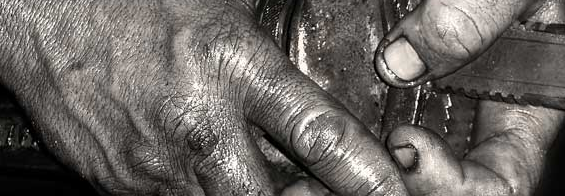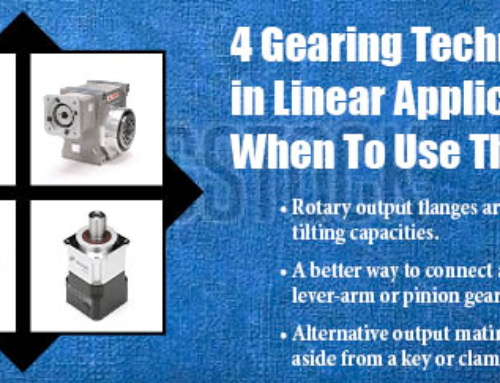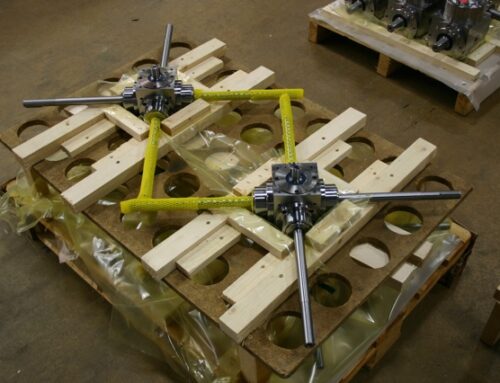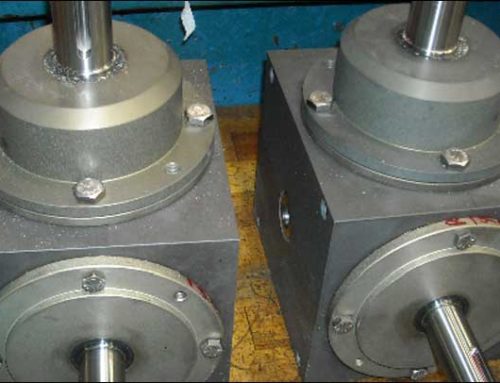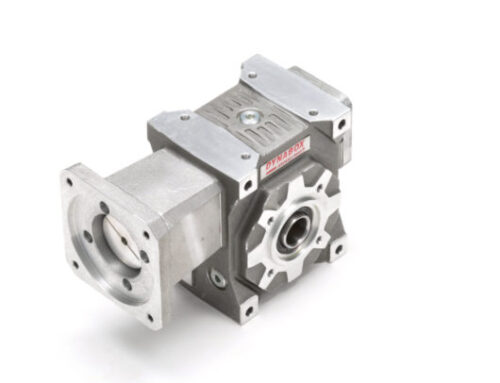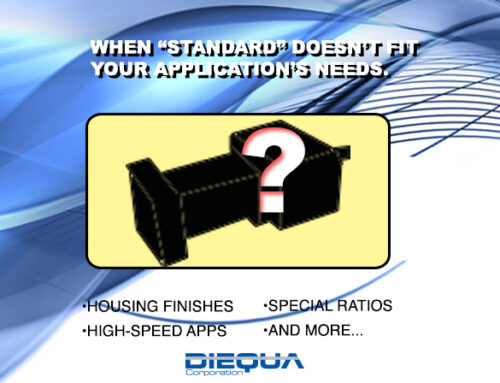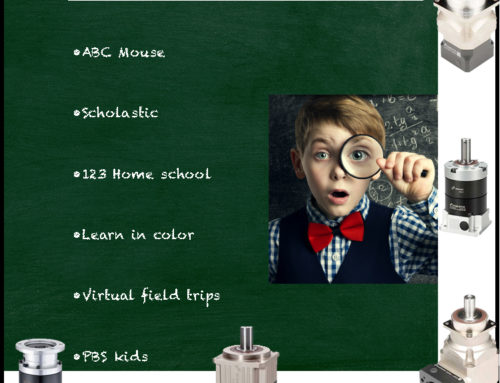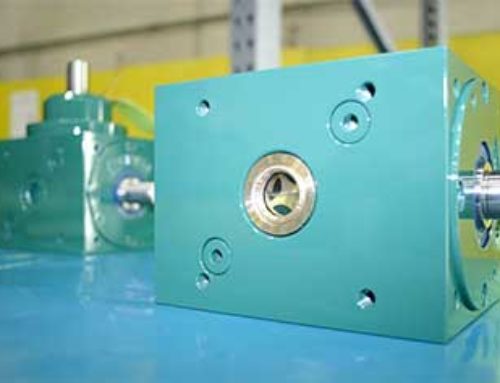Why Do Gearbox Seal Leaks Happen?
Gearbox seal leaks are the bane of gearbox users. Since lubrication is the lifeblood of enclosed drives, maintaining oil levels is critical to long life. When oil starts leaking, corrective action is necessary, but what action? What’s going wrong?
Actually, the answers can be varied as the gear type used, how it’s mounted, the speed it’s running, and the environment it’s in.
Investigating a Gearbox Leak: A Real-World Example
We had a user of a competitive worm gear speed reducer give us a call. He had his gearbox mounted with the output shaft horizontal and his quill-mounted motor pointing vertically, below the reducer. His problem was the input shaft seal was leaking and flooding his motor. He was trying to find out why and what to do about it.
Not knowing the exact internal design of this manufacturer’s gearbox, the best we could do was ask some application questions and suggest some things he could look into.
Gearbox Oil Seal Leak Symptoms and Initial Troubleshooting
The speed reducer has a 10:1 ratio and was driven with a relatively standard AC motor. However, it was a variable speed application with the motor being overdriven, often up to 2,500 rpm. The ambient condition was normal factory temperature and there were no corrosive elements acting upon it. So, as you can imagine, troubleshooting was not exactly straightforward.
It was determined that the gearbox housing was quite a bit hotter nearer the motor flange than anywhere else. This was not necessarily unusual, as a high percentage of gearbox heat comes from the shaft seal friction. And with the oil level on that side of the internal cavity, it was likely retaining more of the heat. By itself, this would add a bit of pressure against the seal. Too much oil or a heavier viscosity would make it even worse. In this case, it had the proper type and amount and therefore was not the reason for the gearbox oil leak.
Gearbox Oil Leakage Causes: What We Considered
1. Venting Issues
This led to the question of venting. Many gearboxes need to be vented to reduce internal pressure, although not all do. Worm gear speed reducers often require it because of their relative inefficiency. In this case, it was appropriately vented, so the pressure wasn’t likely the issue. As an aside, the vent should ideally be placed in the uppermost position allowed for it.
2. Corrosive or Abrasive Damage
Another reason seals fail is a corrosive or abrasive element acts on the shaft surface. It could be rust or grit or fibers or other particulates that accumulate where the seal touches the shaft. Either a groove can be worn into the shaft or the seal material can be worn away. In either case, the proper seal pressure or the shaft is compromised, allowing lubrication to be forced out through the looser connection.
This wasn’t the problem for this customer as the motor was plugged into a Nema adapter, which protected the sealing surface from anything on the outside getting in. So, on to the next possible reason.
3. Bearing Wear and Shaft Deflection
One of the most common reasons gearbox seals leak is not the seal at all—it’s actually a problem with the gearbox bearings. If bearings wear due to torque overload, lubrication problems, misalignment, or excessive overhang load, they can’t hold shafts and gears in place. If a shaft is deflected from the gear separation forces, it pushes against one side of the seal, reducing seal pressure on the other side.
In this regard, we asked the client to check the perpendicular tolerances of the motor flange plate and motor shaft. We’ve occasionally seen this tolerance to be excessive. So, when the motor is inserted into the reducer and bolted down, it exerts side forces on the input bearings, which wear over time and deflect the input shaft.
Final Thoughts: Is a Gearbox Oil Leak Serious?
We never did get a call back from the customer letting us know the outcome of this investigation. It’s likely one of these reasons came to light and was then taken care of. When troubleshooting, it would be nice if the gearbox oil seal leak symptoms directed us to a straightforward solution. Unfortunately, the same resulting issue can emanate from different sources or for different reasons, requiring a step-by-step process to discover the real problem.
How We Help Prevent Gearbox Seal Leaks
Typically, we like to work with our customers in the design phase so that we can review the planned gearbox integration. We often catch a potential problem early in the process. It’s usually something the designer didn’t consider, most often because they weren’t aware of the importance of the issue.
That is the difference between buying out of a catalog and working with someone like us. DieQua strives to be an extension of your design team. We can help you make the right decisions when they need to be made.
Need Help with Gearbox Selection? Contact Us!
When designing a new machine with gearboxes, gearmotors, speed reducers or gearheads, call us. We’ll make sure you get the right gearbox or connecting component technology and offer suggestions so it’s integrated into your design in the right way.
Contact our gearbox consultants anytime!

